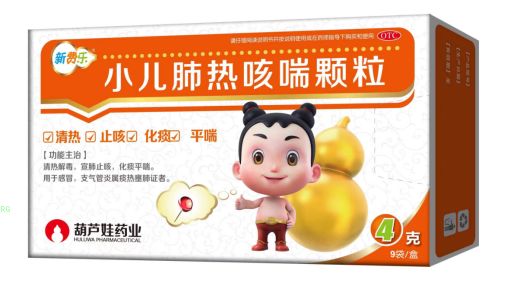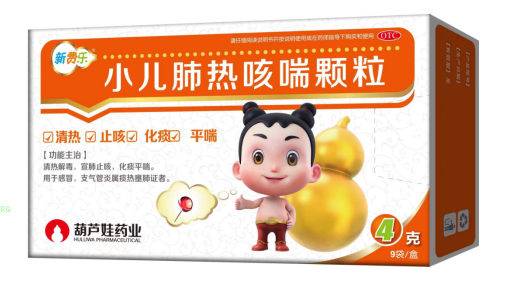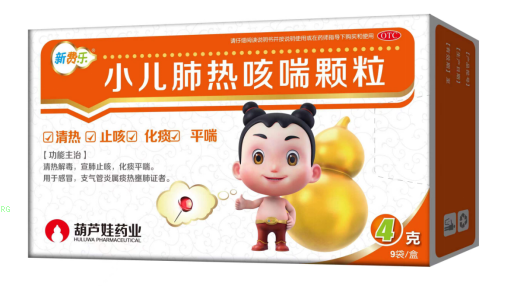When many patients with diabetes go to the drugstore to get their medicine, they often get confused with the words "metformin" and "metformin hydrochloride" on the medicine box: these two names look similar, but are they drugs? Which should I choose when eating? To answer these questions, it is first necessary to clarify - what is the difference between metformin hydrochloride and metformin? From the perspective of medicinal chemistry and formulation, the relationship between the two can be summarized as the association between "core active ingredients" and "medicinal transformation forms". Metformin is the "core active ingredient" of this class of drugs that exert hypoglycemic effects. Its mechanism of action is to control blood sugar by reducing liver glucose output and improving peripheral tissue sensitivity to insulin. However, pure metformin has problems such as poor water solubility, low bioavailability, and insufficient chemical stability, making it impossible to directly produce clinically usable drugs. To solve this problem, metformin will be converted into "metformin hydrochloride" in pharmaceutical research and development. This form not only significantly improves the water solubility and stability of drugs, but also optimizes human absorption efficiency, becoming the "universal medicinal form" for all metformin drugs in clinical practice. In short, the active ingredients of metformin hydrochloride in current clinical applications, such as regular tablets, sustained-release tablets, and controlled release tablets, are all metformin hydrochloride; So, what is the difference between metformin hydrochloride and metformin? The core difference between the two is that metformin hydrochloride is the "clinical translational form" of the active ingredient of metformin, and is a key carrier for achieving drug efficacy and ensuring medication safety. After understanding the differences in names, it is even more important to choose the appropriate dosage form of metformin - after all, even if it is metformin hydrochloride, the experience for patients varies greatly depending on the dosage form. For example, in the early days, metformin hydrochloride tablets were taken 2-3 times a day, and many patients often forgot to take them; Moreover, the drug release is fast, and the blood drug concentration is like a roller coaster. When it is high, it is easy to stimulate the intestines and stomach, causing nausea and bloating, and when it is low, blood sugar cannot be controlled. A study has shown that the dropout rate of metformin tablets after 6 months of treatment is as high as 65%, and many people have to give up treatment because of these issues. And now, metformin hydrochloride has developed into its third generation - osmotic pump controlled release dosage form, Nida ® Metformin hydrochloride sustained-release tablets (III) are a type of preparation that is gradually addressing the clinical pain points of traditional dosage forms. As a third-generation metformin hydrochloride formulation, Nida uses a special osmotic pump technology: the outer layer of the tablet has a semi permeable membrane, which contains the drug and excipient, and also leaves a laser hole. After taking it, the water in the body will enter the pill, allowing the medication to slowly dissolve and then be released uniformly through the small hole. This means that the blood drug concentration can remain stable within 24 hours, without the need for frequent medication. It can be taken with dinner once a day, greatly reducing the occurrence of forgetting to take medication. Moreover, because the drug is released smoothly and does not accumulate in the gastrointestinal tract all at once, the incidence of gastrointestinal reactions is much lower than that of regular tablets.
What is even more reassuring is that Nida is also the first domestically sold metformin hydrochloride osmotic pump formulation between China and the United States. Not only has it passed the FDA certification in the United States, but its market share in the US market even exceeds that of the original drug. At the same time, it has entered the national medical insurance basic drug list, with high cost-effectiveness.
To summarize, there is no difference between metformin hydrochloride and metformin in terms of their hypoglycemic effects and core components. When people say "metformin", 99% of the time it refers to "metformin hydrochloride". What patients really need to pay attention to is the dosage form - whether it is regular tablets, enteric coated tablets, or sustained-release tablets At the same time, follow the doctor's advice and choose truly effective and convenient hypoglycemic drugs!






Comments (0)
Leave a Comment
No comments yet
Be the first to share your thoughts!